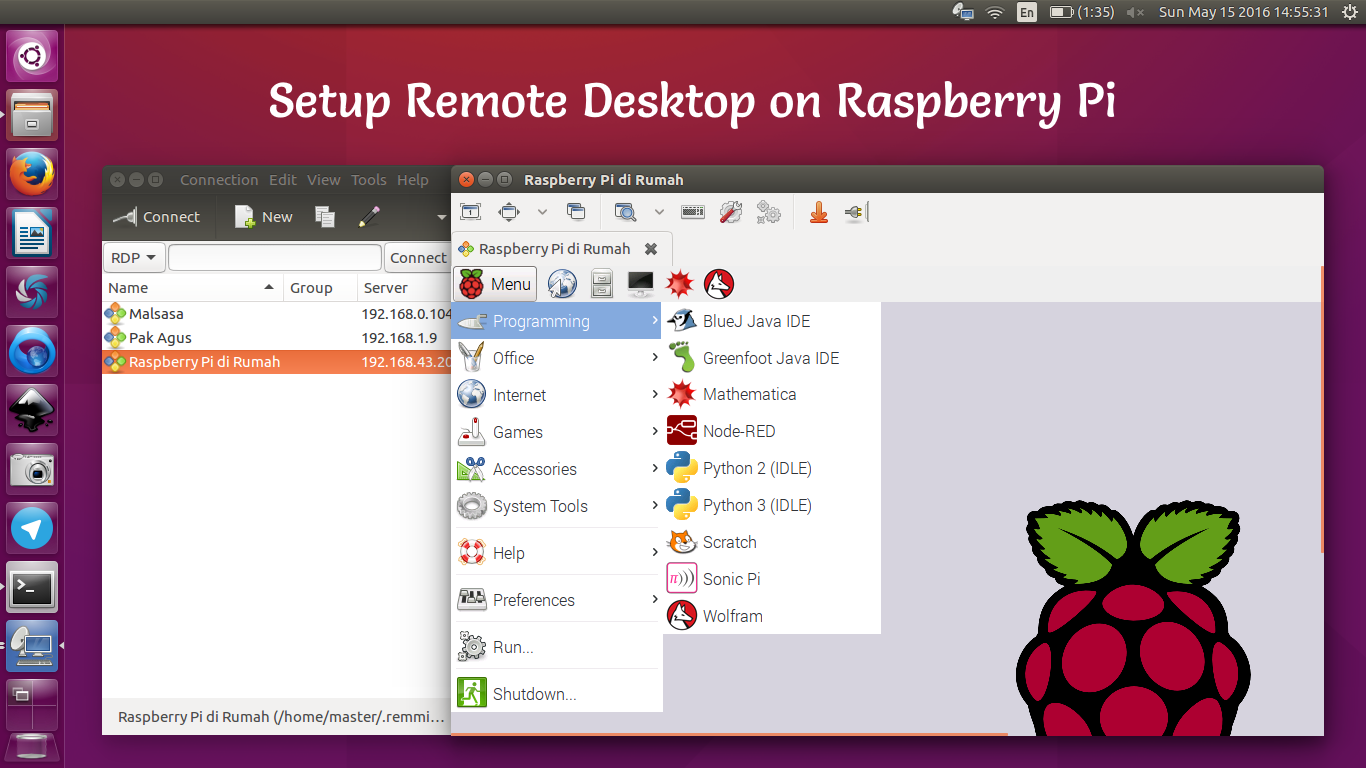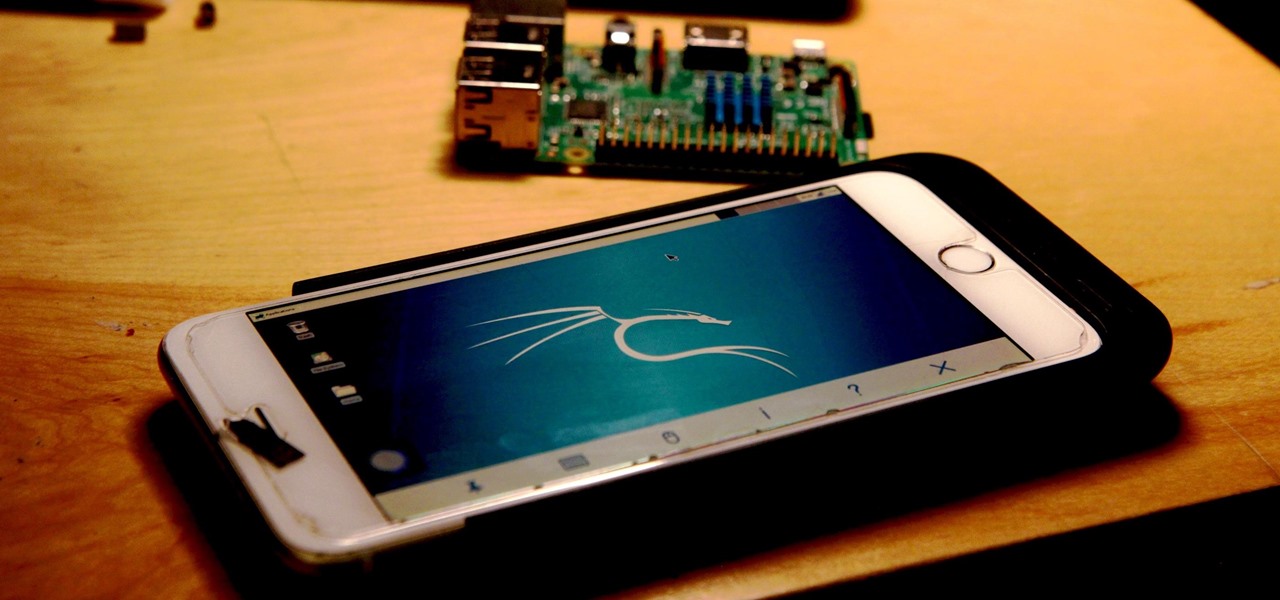Raspberry Pi Remote Access Behind Firewall Windows 10: A Comprehensive Guide
Remote access to a Raspberry Pi from a Windows 10 computer, even behind a firewall, is a powerful capability for tech enthusiasts, hobbyists, and professionals alike. Whether you're managing a home automation system or running a server from your Raspberry Pi, understanding how to set up remote access securely is essential. This guide will walk you through everything you need to know about configuring Raspberry Pi remote access behind a firewall on Windows 10.
As remote work and IoT applications become more prevalent, the ability to control and monitor your Raspberry Pi remotely is increasingly valuable. However, navigating the complexities of firewalls and network configurations can be daunting for beginners. This article aims to demystify the process, offering step-by-step instructions and best practices to ensure a secure and efficient setup.
By the end of this guide, you'll have a clear understanding of the tools, techniques, and configurations required to achieve seamless Raspberry Pi remote access behind a firewall from a Windows 10 device. Let's dive in!
- Exploring Jackermans 3d World Mothers Warmth In Daz Studio
- Pinayflix The Ultimate Guide To Streaming Filipino Entertainment
Biography of Raspberry Pi
The Raspberry Pi is a series of small single-board computers developed in the United Kingdom by the Raspberry Pi Foundation. Founded in 2009, the foundation aimed to promote the teaching of basic computer science in schools and developing countries. Over the years, the Raspberry Pi has become a versatile tool for hobbyists, educators, and professionals.
Raspberry Pi Specifications
| Specification | Details |
|---|---|
| Processor | BCM2711, Quad-core Cortex-A72 64-bit SoC @ 1.5GHz |
| RAM | 4GB LPDDR4-3200 SDRAM |
| Connectivity | 2.4 GHz and 5.0 GHz IEEE 802.11ac wireless, Bluetooth 5.0, BLE |
| USB Ports | 2 × USB 3.0 and 2 × USB 2.0 |
| GPIO Pins | 40 pins |
With its compact size and affordability, the Raspberry Pi has revolutionized the way people interact with technology. Its versatility makes it an ideal platform for remote access applications.
Tools Required for Raspberry Pi Remote Access
Before diving into the setup process, it's important to gather the necessary tools and software. Here's a list of what you'll need:
- Raspberry Pi device with the latest version of Raspberry Pi OS installed.
- A Windows 10 computer with administrative privileges.
- An active internet connection on both devices.
- A static IP address or dynamic DNS service for the Raspberry Pi.
- SSH or VNC client software installed on your Windows 10 machine.
Having these tools ready will ensure a smoother setup process and help you avoid common pitfalls.
Setting Up Raspberry Pi for Remote Access
Configuring your Raspberry Pi for remote access involves several key steps. Begin by ensuring your Raspberry Pi is properly set up with the latest version of Raspberry Pi OS. Follow these steps:
Step 1: Update Raspberry Pi OS
Run the following commands in the terminal to update your Raspberry Pi's operating system:
sudo apt update
sudo apt upgrade
Step 2: Enable SSH
SSH (Secure Shell) is the primary method for remote command-line access. Enable SSH by running:
sudo raspi-config
Select "Interfacing Options"> "SSH"> "Enable."
Configuring Firewall for Raspberry Pi
Firewalls play a crucial role in securing your network. To allow remote access to your Raspberry Pi, you'll need to configure your firewall settings. Follow these steps:
Step 1: Identify Open Ports
SSH typically uses port 22, while VNC may use port 5900 or higher. Ensure these ports are open on your firewall.
Step 2: Configure Firewall Rules
On your router, create a rule to allow incoming traffic on the required ports. Be cautious when opening ports to avoid compromising your network's security.
Using SSH for Remote Access
SSH is a secure protocol for accessing your Raspberry Pi from a remote location. Here's how to set it up:
Step 1: Install an SSH Client
On Windows 10, you can use the built-in SSH client or download software like PuTTY. Open the command prompt and type:
ssh pi@your-raspberry-pi-ip-address
Step 2: Enter Your Credentials
When prompted, enter the username (usually "pi") and password for your Raspberry Pi.
Setting Up VNC for GUI Access
VNC (Virtual Network Computing) allows you to access the graphical user interface of your Raspberry Pi remotely. Follow these steps:
Step 1: Install VNC Server
On your Raspberry Pi, run:
sudo apt install realvnc-vnc-server realvnc-vnc-viewer
Step 2: Connect Using a VNC Client
On your Windows 10 machine, download and install a VNC client. Enter your Raspberry Pi's IP address to establish a connection.
Port Forwarding Explained
Port forwarding is the process of redirecting incoming network traffic from one port to another. This is essential for accessing your Raspberry Pi behind a firewall. Here's how to set it up:
Step 1: Access Your Router's Settings
Log in to your router's admin panel and navigate to the port forwarding section.
Step 2: Create a Forwarding Rule
Specify the internal IP address of your Raspberry Pi and the required ports (e.g., 22 for SSH, 5900 for VNC).
Enhancing Security for Raspberry Pi Remote Access
Security is paramount when setting up remote access. Implement these best practices:
- Use strong, unique passwords for your Raspberry Pi.
- Enable two-factor authentication (2FA) if possible.
- Regularly update your Raspberry Pi OS and software.
- Monitor access logs for suspicious activity.
By prioritizing security, you can protect your Raspberry Pi from unauthorized access.
Troubleshooting Tips
Encountering issues during setup is common. Here are some troubleshooting tips:
- Ensure your Raspberry Pi and Windows 10 machine are on the same network.
- Double-check your firewall and port forwarding settings.
- Verify that SSH and VNC services are running on your Raspberry Pi.
If problems persist, consult the official Raspberry Pi documentation or community forums for additional support.
Best Practices for Raspberry Pi Remote Access
To ensure a successful and secure remote access setup, follow these best practices:
- Use a static IP address or dynamic DNS service for consistent access.
- Regularly back up your Raspberry Pi's data.
- Limit the number of open ports to minimize security risks.
These practices will help you maintain a reliable and secure connection to your Raspberry Pi.
Conclusion
In conclusion, achieving Raspberry Pi remote access behind a firewall on Windows 10 is a straightforward process when approached methodically. By following the steps outlined in this guide, you can configure a secure and efficient remote access setup. Remember to prioritize security and adhere to best practices to protect your Raspberry Pi from potential threats.
We encourage you to share your experiences and tips in the comments section below. Additionally, explore our other articles for more insights into Raspberry Pi projects and remote access technologies. Happy tinkering!
- Unleashing The Magic Of Moviesjoyto Plus Your Ultimate Streaming Companion
- Chlo Matt Tiktok House Tour More

Raspberry Pi Remote Access PDF Secure Shell Ip Address

Raspberry Pi Remote Access Windows

Remote Access Raspberry Pi Outside Network Raspberry